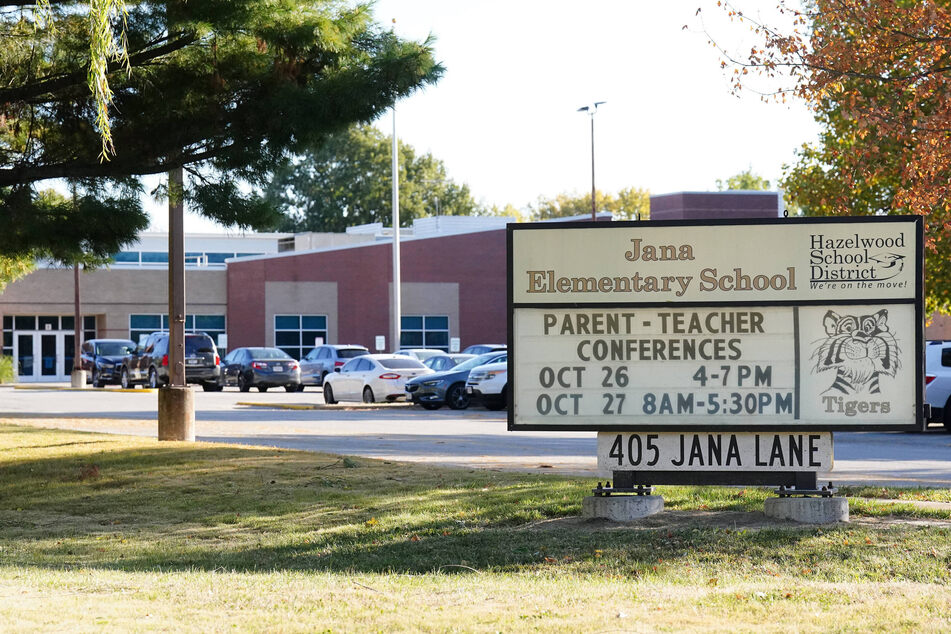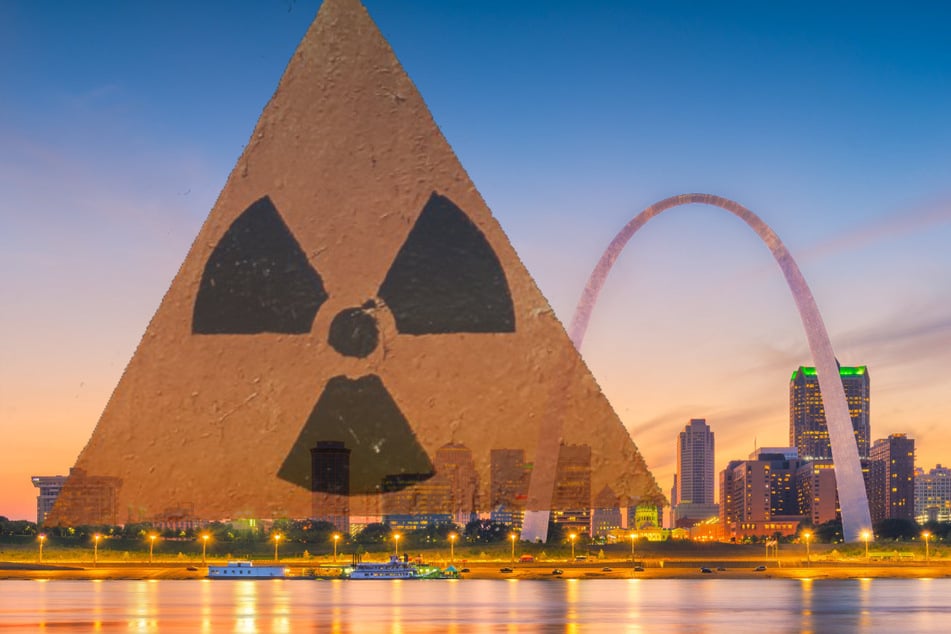Missouri elementary school to close after radioactive waste report
Florissant, Missouri - The Hazelwood Board of Education (BOE) in Florissant, Missouri, has voted to close Jana Elementary School after a new study confirmed that there were high levels of radioactive material inside.

The report by Boston Chemical Data Corp found radioactive contamination inside Jana Elementary School, located near a contaminated creek.
In a closed session on Tuesday, the Hazelwood BOE decided to close the elementary school until the waste can be cleaned up. When that may be is currently unclear.
Virtual learning will begin Monday and will continue for the rest of the semester, according to the St. Louis Post-Dispatch. The board hopes to have transferred students to different schools in the district by January, at the latest.
Many parents, former students, and Missouri politicians welcomed the decision, but were unhappy about the school board's lack of transparency. Patrice Strickland, who has two children at the school, was pleased with the decision to close, saying, "I’m so happy you’re considering our babies now. But just communicate with us."
Per the Associated Press, the new study was funded by law firms engaged in a class-action lawsuit seeking compensation for illnesses and deaths allegedly caused by the creek contamination. This report follows another done in the area by US Army Corps of Engineers in 2018, that was made public at a school board meeting this summer.
Jana Elementary School study doesn't have everyone convinced

The Boston Chemical Data Corp's study, which became public last week, has worried parents and politicians alike. But not everyone is convinced of its results.
Phillip Moser, program manager of the Corps’ Formerly Utilized Sites Remedial Action Program in St. Louis, has called the new report "incomplete and not consistent with the approved processes required to do an evaluation at one of our sites."
Moser, per AP News, said the agency’s evaluations found no contamination between the wooded site and the school or its playground.
Coldwater Creek was contaminated by nuclear waste during World War II
Jana Elementary was built in Coldwater Creek's flood plain. The creek was contaminated by nuclear waste from World War II weapons production as part of the Manhattan Project.
In 1989, Coldwater Creek was designated as a Superfund site, a government-led cleanup of a toxin-filled area, by the Environmental Protection Agency. Remediation efforts, which consist of digging up contaminated dirt and taking it to a waste management facility in Idaho, aren’t expected to be complete until 2038.
In 2019, the federal Agency for Toxic Substances and Disease Registry reportedly confirmed that people exposed to Coldwater Creek from the 1960s to the 1990s may have an increased risk of bone cancer, lung cancer, and leukemia.
Cover photo: IMAGO / UPI Photo